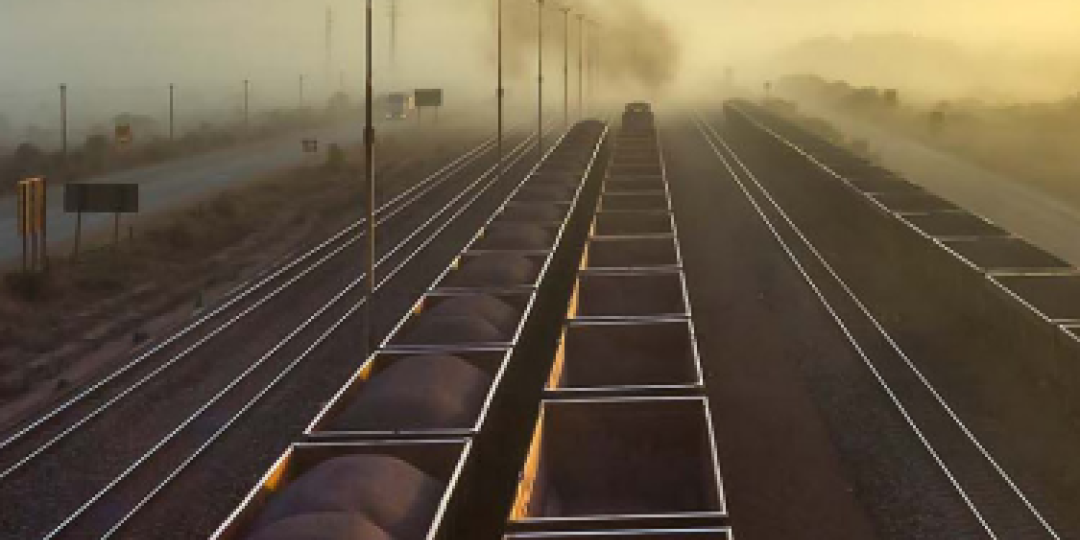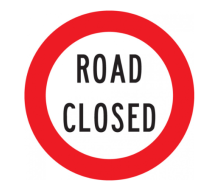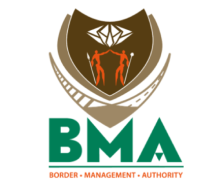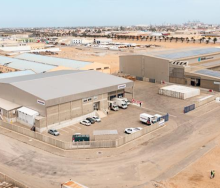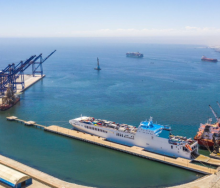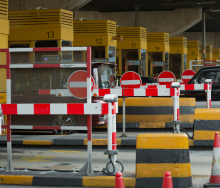Transnet Freight Rail (TFR) has announced the successful completion of the annual shutdown of its coal export line that predominantly delivers coal to the Port of Richards Bay.
TFR said in a statement on Monday that the shutdown was part of its recovery plan to improve service delivery and ramp up the volume of exports that could be migrated from road to rail.
“The shut primarily focused on initiatives to unlock train slots on the coal line. To this end, two additional slots and 28km of speed restrictions were unlocked. This has enabled TFR to increase from 24 planned train slots per day to 28 planned train slots per day to the Richards Bay Coal Terminal,” the rail operator said.
TFR said the coal line, which facilitates exports through the Richards Bay Multi-purpose Terminal (MPT), and the Navi Trade Terminal, had seen an increase from 21 trains a week to 28 planned trains a week in the first six months of the calendar year. As a result of the shutdown activities the line is now undertaking a further ramp up to 32 trains a week by 30 September.
“This will equate to a further 1 035 truckloads off the road,” TFR said.
The shutdown took place across the entire North Corridor, comprising Ermelo, Vryheid, Richards Bay and Isando Depots. The complete shutdown was required because there are sections where infrastructure maintenance could not be executed without stopping the entire train service.
“The primary objective of the ten-day maintenance shutdown was to ensure long-term reliability, availability, safety, and velocity of the railway network to support the rail recovery plan objectives and meet customer demand,” TFR said.
It aimed to work on uplifting 19 temporary speed restrictions; reducing derailments risks, hook-up risks, 11kV failures, signal failure and radio network and transmission line failures.
Additionally, the rail operator and Eswatini Rail, in collaboration with customers, have commenced a coal service via the Golela line to Richards Bay to further boost coal haulage to the port.
During the period of the annual coal line shut, exporters generally ramp up road volume to supplement what would have moved via rail, as they seek to keep supply chains operational and meet vessel commitments.
“This is one of the key reasons why truck congestion became significant again in the Richards Bay Port precinct towards the weekend of 9 August 2024,” the rail operator said.
“As the rail service returns to normal after the shut down, and the indicated ramp-up initiatives take effect, road motor transport levels in the Port of Richards Bay are expected to normalise to pre-shut levels.”
The rail operator said it was implementing several initiatives, supported by the National Logistics Crisis Committee (NLCC), to recover capacity on the coal line back to the pre-Covid-19 numbers in line with the recovery plan.
“TFR is exploring various last mile strategies to optimise port logistics output. These strategies will aim to further reduce congestion in the port precinct whilst allowing those exporters who have an appetite to road haul to continue doing so at a faster turnaround time,” the rail operator said.
